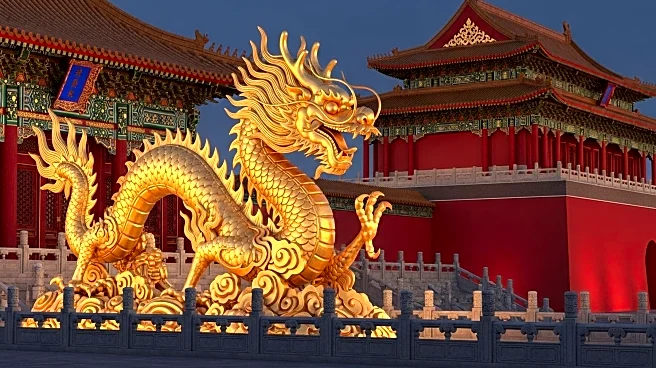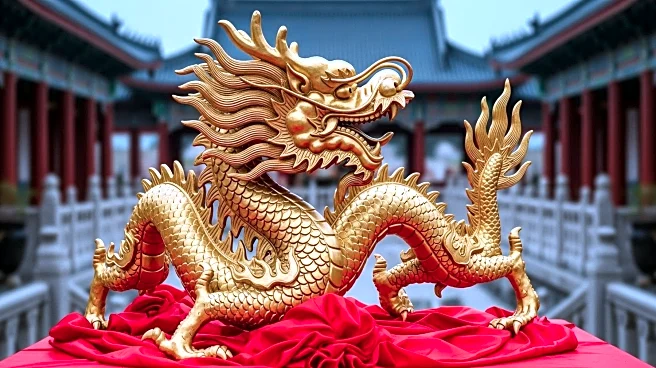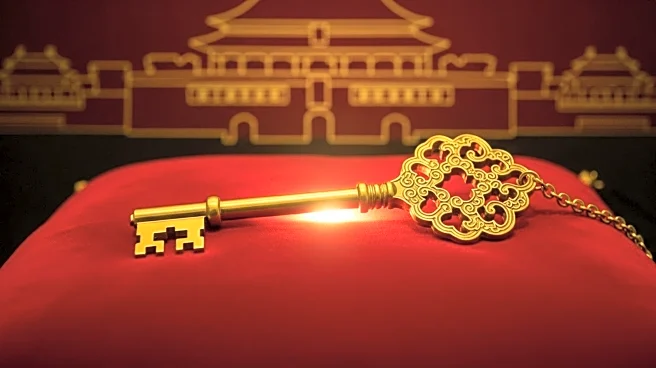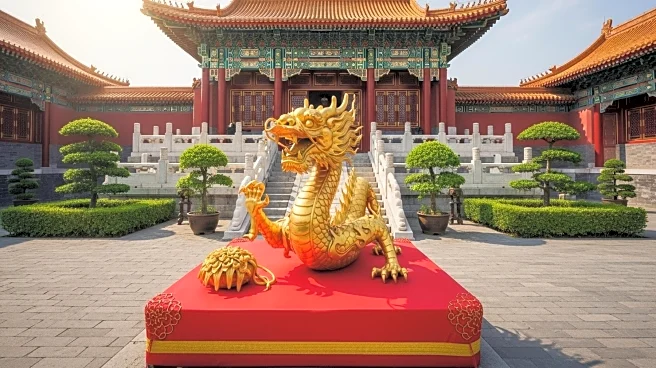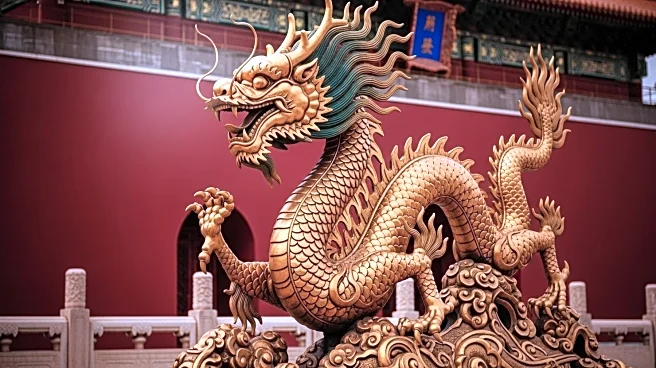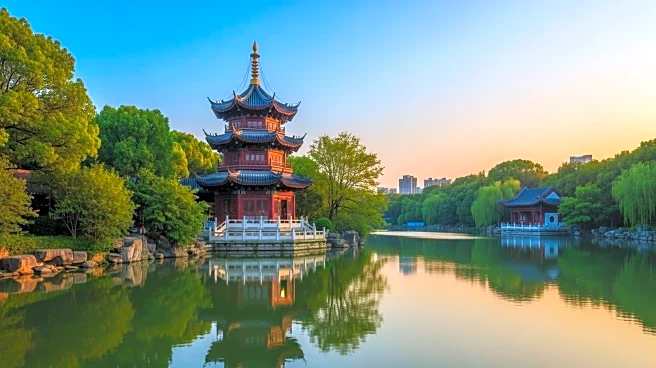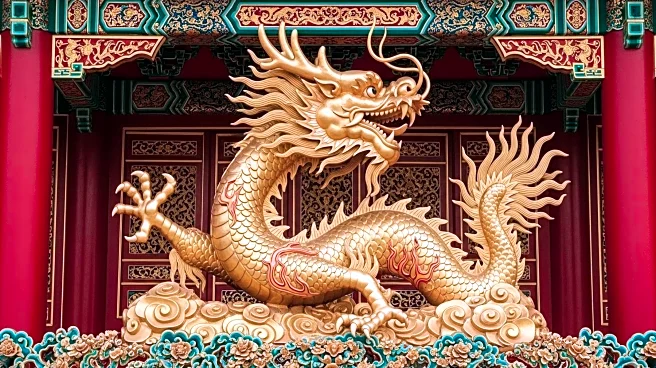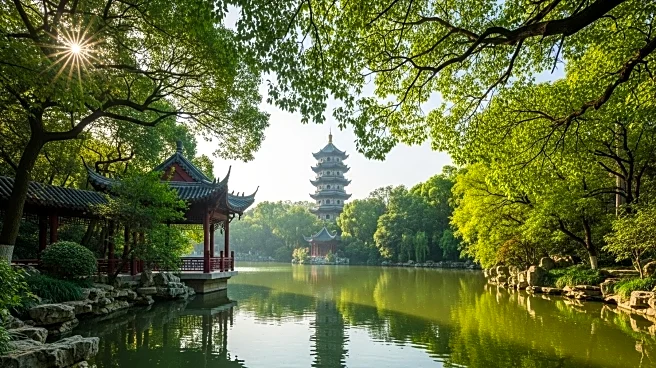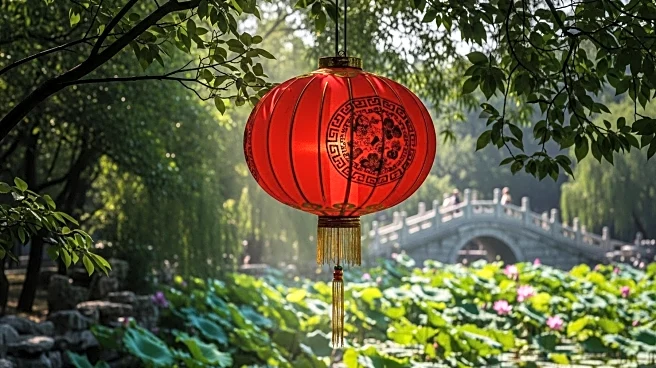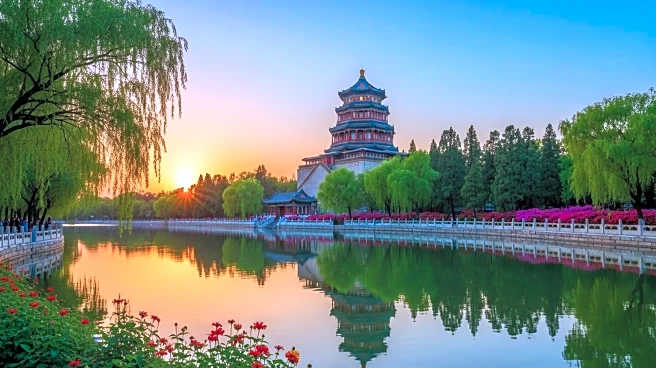The Forbidden City, a historic palace complex in Beijing, China, is shrouded in mystery and intrigue. As the former imperial residence, it holds many secrets that continue to captivate historians and visitors alike.
LesserKnown Details
One lesser-known detail about the Forbidden City is the myth surrounding its number of rooms. While oral tradition claims there are 9,999 rooms, surveys have shown this is not accurate. The complex's design reflects the hierarchical nature of the imperial court, with specific areas designated for different functions.
Common Misconceptions
A common misconception about the Forbidden City is that it was inaccessible to all but the emperor and his court. While entry was restricted, certain individuals, such as Matteo Ricci, were invited by the emperor, highlighting the city's role in diplomacy and cultural exchange.
BehindtheScenes
Behind the scenes, the Forbidden City was a bustling center of activity, with thousands of servants and officials working to maintain the complex. The daily life within its walls was governed by strict protocols, reflecting the hierarchical nature of the imperial court.
Why It Matters
The secrets of the Forbidden City matter because they offer insights into the complexities of Chinese imperial history. Understanding these details helps to appreciate the cultural and historical significance of the site, providing a deeper understanding of China's past.
 Discover Daily • 8 min read
Discover Daily • 8 min read 